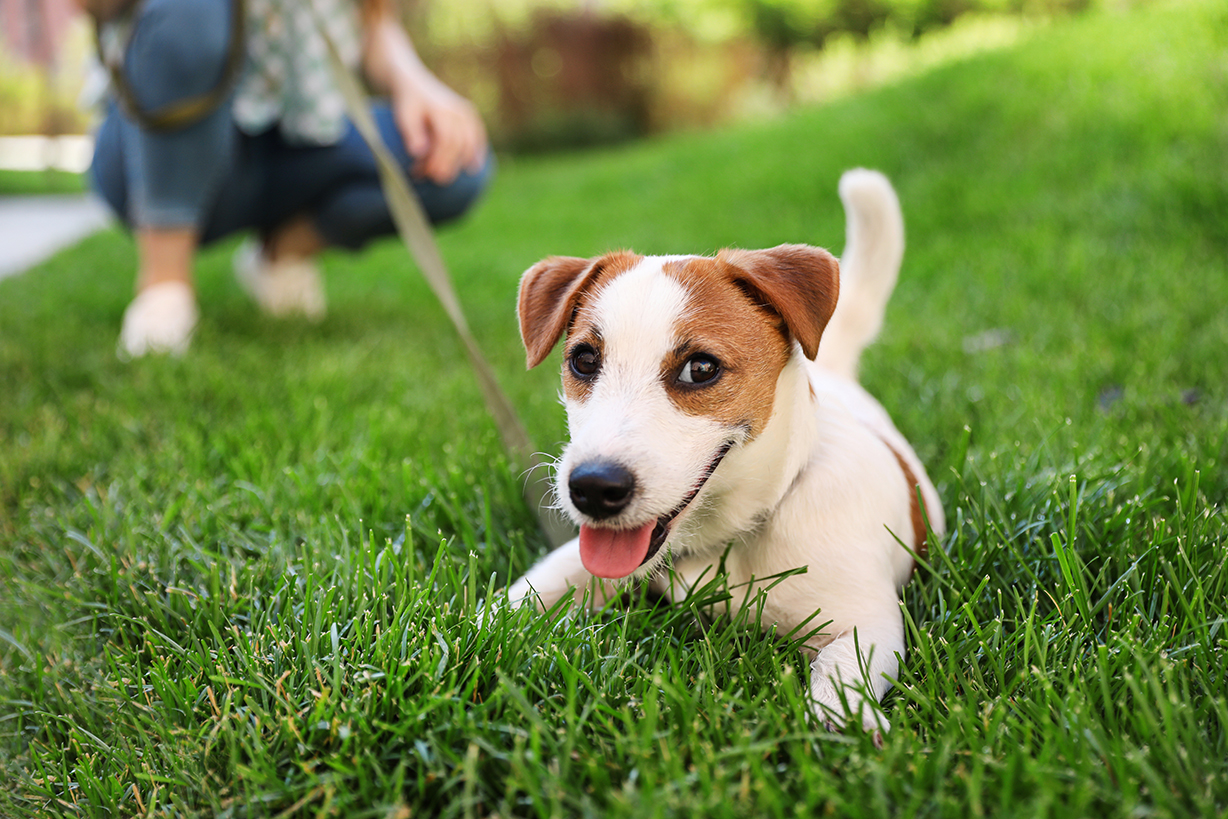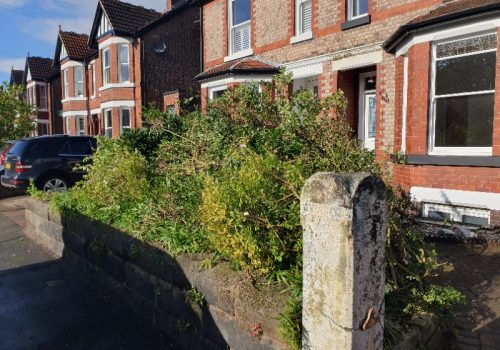
Herbicide Reduced Amenity Weed Management
Bespoke quadbikes and chemical mix reduces herbicide usage on amenity contracts for councils and local authorities. Discover how it's done!

When our operatives are out treating invasive weeds, on public areas such as footpaths, roads and open spaces, you may wonder how we keep the public, pets and wildlife safe. Here we answer those frequently asked questions…
There are no risks of concern to human health from exposure to glyphosate. As long as Glyphosate products are used according to label directions for use, they do not result in risks to humans according to a scientific opinion published by the European Chemicals Agency (ECHA)
There is no indication that children are more sensitive to Glyphosate.
No. To keep the public safe we try to operate herbicide spraying in public spaces during lower use times of the day. We also avoid spraying near schools at peak times.
The Quadbikes are not designed for speed. Quadbikes operate and spray between 3.7 and 5 mph only on pavements and can travel on the highway legally at 20 mph whilst not spraying.
When pedestrians are encountered on the footway being treated, we stop spraying to allow them to pass with a minimum 5 metre buffer zone. Pedestrians will always have the right of way. We operate according to our company ‘Code Of Practice’ which ensures good practice whilst working on a client’s land or property.
Once the area is dry depending on the surface type and weather conditions, this may be as little as 10 minutes caution will be required not to get any herbicide on the soles of the shoes which could be transferred to sensitive areas such as grass. Once the area is dry no residue will be picked up on footwear.
Where necessary, we will erect signage and fencing stating the area we have treated with herbicide should not be entered.
After 24 hours pets will be safe to use grassy or hard surfaced areas with no risk to their health. This is a soon as the product is dry on most Glyphosate products.
The herbicides that we use are carefully chosen to ensure there is no risk to the environment or the species living in the habitats within areas being treated.
Only approved herbicides are used, and always with a focus on the surrounding ecosystems to ensure no harm is caused by our treatments. If necessary (as with endangered species) we will choose a non-chemical control method such as hand-pulling.
With amenity contracts (weed control on public footpaths, pavements, roads and residential amenity areas such as play parks and sports grounds) we are contracted to spray the full areas infested with weeds. With footpath contracts we are required to spray the full width of the pavement which may involve quadbike usage going up and down the road. Our operatives are highly trained to protect the public whilst spraying.
Day 1 – we carry out the treatment.
Day 7 – the herbicide will have moved into the root system, however the weed may not look affected at this point, rest assured the herbicide will be doing its work!
Day 14 – the plant will begin to die back or may have fully died off at this point, appearing discoloured or brown and dried up.
Not all herbicide treatments require full PPE, so you may see us without full protective clothing or a facemask. When we do need to cover up all of our operatives are trained to know what PPE is required and are supplied with a full pack to use.

Bespoke quadbikes and chemical mix reduces herbicide usage on amenity contracts for councils and local authorities. Discover how it's done!

A Bamboo removal project from a residential property successfully carried out without harming the garden or driveway.